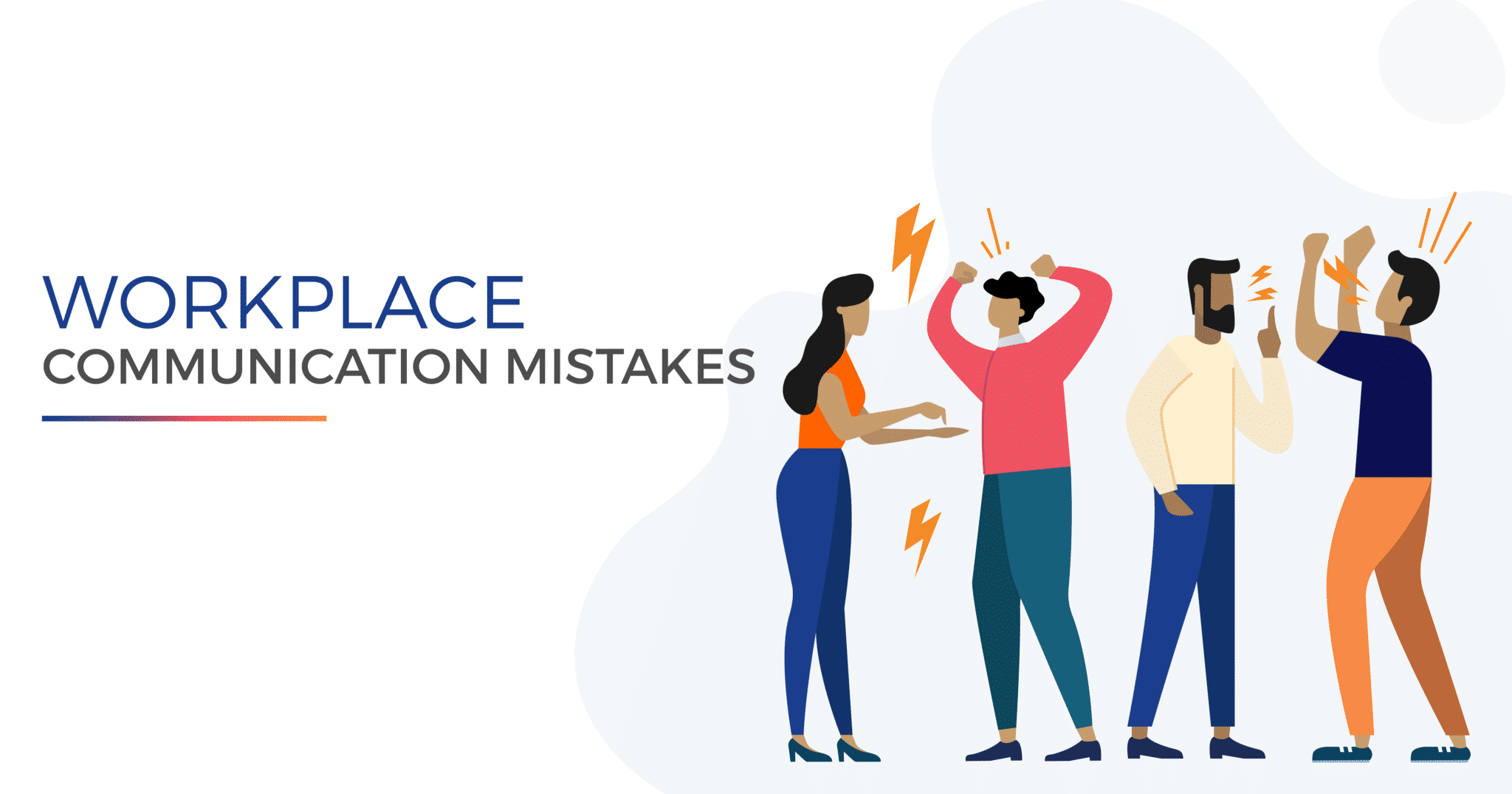Whether verbal or non-verbal, there are many workplace communication mistakes you make without even realising it yet they come back to haunt you.
Being a great ‘communicator’ means being in sync with what you say, how you said it, what channel or medium you choose to say and when you say it. Most times, you are understood or misunderstood as a direct result of these factors.
Since communication is vital to your success within and outside the workplace, it’s important to have a solid grasp of how best to communicate within the work. To ensure you don’t find yourself on the wrong side of your colleagues, let us take a look at some common yet avoidable workplace communication mistakes.
Table of Contents
Not Editing or Having a Second Look
Before you send out that message via email or other workplace communication tools, you need to take a thorough look at your outbound message before sending it. This would help reduce errors and miscommunication.
Before you speak, think first! If you find yourself in really unpleasant scenarios in the workplace, ensure you think through what you want to say and how you should say it. Your goal is to communicate rightly and not to be misunderstood due to your verbal or non-verbal cues.
Rushing into Conclusions
Ensure you learn to manage your emotions and expectations to all forms of communication by never reacting. If a colleague sends an email that comes across as condescending, don’t rush into responding rudely. Before you react, seek clarity because in all forms of official workplace conversations, you must come across with the best professional standard and conduct.
For email conversations or other documented mediums, ensure you respond rather than react. If it is not clear, you can make use of a private channel to clarify things with the sender.
Assuming vs Asking
In most workplace communications where the sender or receiver reacts, it is usually as a result of either one or both parties assuming rather asking for clarity on the subject, project or task. When communicating within the workplace, don’t hesitate to call for a one-on-one meeting to gain a better understanding of what has been communicated to you..
Not Understanding Your Audience
At the core of most workplace communication mistakes is the failure to understand your target audience and how they assimilate information. In the course of understanding your target audience, you will also get a glimpse of other personal and non-personal factors that can impede their understanding of your message.
Final Thoughts on Workplace Communication Mistakes
Furthermore, other workplace communication mistakes can involve causing information overload for the receiver. It can also be as a result of using jargon that have not been previously encountered by your audience. Ensure you never assume that your message has been perfectly understood. You need to be a better listener and strive to be more open to feedback from the recipient of your message.
Whatever the communication mistakes are, realising them and making improvements would ensure your workplace communication is smooth and unhindered going forward.
Have you ever faulted on any of these workplace communication mistakes? Let us know in the comment section.









